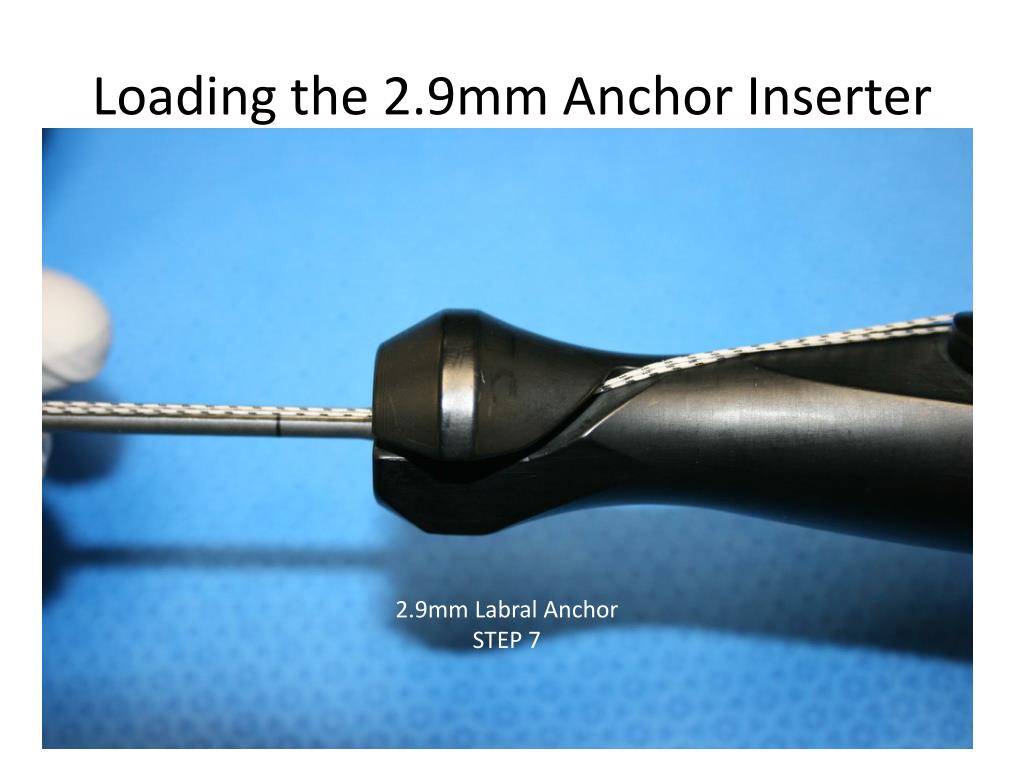

The central lumen of the stent could not be passed through with the aid of extra support guidewire (Hi-Torque Whisper Abbott Park, IL: Abbott Laboratories Inc.), but the distal side strut of the protruded part could be passed (Figure 1, panel B). The closest non-selective engagement could be achieved with 6 Fr AR 2 (Hialeah, FL: Cordis) guiding catheter (Figure 1, panel A). Non-selective injection of contrast into the aortic root showed the restenosis of RCA ostial stent and the proximal segment of the stent was excessively overhanging to the aorta. Despite the use of many different catheters, the selective engagement of the RCA was not achieved. Coronary angiography revealed non-critical atherosclerotic plaques at left anterior descending artery (LAD) and circumflex artery (Cx). Before admission to the coronary angiography laboratory, informed consent was obtained for angiography consent and the use of images. He had known coronary artery disease, with a history of percutaneous coronary intervention (PCI) to RCA six years ago. The patient had elevated troponin values and ST segment changes in ECG and was taken to the catheterization laboratory with the diagnosis of acute coronary syndrome (ACS). Case PresentationĪn 80-year-old male patient presented with progressive angina in form of pressure, which had been ongoing for five days and increasing frequency and severity.

We present a challenging coronary intervention due to excessive stent overhung to the aorta in a patient with RCA ostial stent restenosis. Extreme elastic composition, non-tubular anatomy, and increased elastic recoil of right coronary artery (RCA) ostium are the factors provocating in stent restenosis. Increased stent protrusion into the aorta results in challenging repeated interventions. Precise stent positioning with negligible protrusion of stent struts into the aorta and adequate ostial coverage are shown to decrease late complications. Increased intimal hyperplasia or incomplete neointimalization and early and late stent malapposition are frequently observed after ostial lesion stenting.

Ostial anatomic variations, angiographic visualization of aorto-ostial origins, and difficulties in guiding catheter engagement lead to stenting of ostial lesions complex and challenging. Aorto-ostial lesions have high calcium and fibrous tissue content and have an increased elastic recoil.


 0 kommentar(er)
0 kommentar(er)
